Red light therapy (RLT) has surged in popularity for its potential to improve skin health, reduce pain, and promote overall wellness. Choosing the right red light therapy bulbs is critical to maximizing these benefits. This guide explores key factors such as wavelength, bulb type, irradiance, and safety to help you select the best bulbs for your needs.
Understanding Red Light Therapy
Red light therapy utilizes specific wavelengths of light, primarily 660nm red and 850nm near-infrared, to penetrate the skin and stimulate cellular processes. This light energy can help stimulate collagen production, improving elasticity and minimizing the appearance of wrinkles. It also reduces inflammation, promotes muscle recovery, and enhances circulation by acting on mitochondria, the "power plants" of cells, to boost ATP production. Unlike sunlight, red light is safe and free from harmful ultraviolet (UV) rays. As Michael Hamblin, an associate professor at Harvard Medical School, stated, “You could use RLT for 24 hours a day and wouldn’t damage the skin.”
Why Bulb Choice Matters
Not all red lights are equal. Merely shining a red bulb on the skin isn’t enough. If the light source is weak or too diffused, not enough photons will absorb into the skin. Red light wavelengths (630nm to 660nm) penetrate about 3mm into the skin, while near-infrared (810nm to 850nm) reaches up to 10mm, affecting deeper tissues, connective tissue, and even bone. Choosing bulbs that deliver precise wavelengths, high irradiance, and focused light ensures optimal therapeutic outcomes.
Key Factors to Consider
Wavelength Accuracy
The therapeutic range for red light therapy typically falls between 633nm and 850nm. Bulbs within this spectrum penetrate the skin at different depths, influencing various cellular processes. For skin rejuvenation, 660nm is ideal as it targets surface layers, promoting collagen and elastin production. For deeper tissue repair, such as muscle recovery or joint pain relief, 850nm near-infrared light is more effective. Devices combining both wavelengths offer comprehensive benefits. Ensure bulbs specify their wavelength range to match your treatment goals.
Why LEDs Are Best
While red lighting appears in incandescent, halogen, fluorescent, and LED bulbs, only LEDs produce the therapeutic wavelengths needed for red light therapy. Incandescent and halogen bulbs emit a continuous spectrum, often requiring tinted glass to appear red, which doesn’t deliver specific wavelengths and can emit low-dose UV radiation, potentially causing skin damage. Fluorescent bulbs, often used in gyms or spas for cost savings, rely on mercury gas and are ineffective for therapy, posing disposal hazards. LEDs, introduced in the 1960s, are the safest, most energy-efficient, and longest-lasting option. They produce tight wavelength spans, emit minimal heat (10-20% of energy), and focus directional light at a 90-degree angle, minimizing scattering and maximizing penetration.
Irradiance and Power Density
Irradiance, measured in milliwatts per square centimeter (mW/cm²), indicates the power density of light reaching the skin. Higher irradiance means more photons are available for cells to absorb, reducing treatment time and increasing effectiveness. Low-powered devices may require longer sessions and still fail to deliver optimal results. Look for bulbs with high irradiance levels, ideally 10mW/cm² to 200mW/cm², as used in clinical studies. Larger LED panels with more bulbs enhance irradiance and cover broader areas, making them more efficient for full-body treatments.
Beam Angle and Light Focus
LEDs in high-quality red light therapy devices provide concentrated wavelengths with a narrow beam angle, ensuring deep penetration. In contrast, regular red LED bulbs for household use have a wide beam angle, scattering light and reducing penetrative power. Devices with focused beams, typically 90 degrees, direct more light energy to the target tissue, enhancing therapeutic outcomes.
Safety and Durability
LED bulbs are shatterproof, contain no mercury or toxins, and require minimal maintenance, making them safer than fluorescent or incandescent options. They also emit low electromagnetic fields (EMF), reducing potential health concerns. When selecting bulbs, prioritize those from reputable brands with certifications like FDA clearance, CE, or RoHS to ensure safety and quality. Avoid cheap, unverified devices that may mix ineffective wavelengths or overstate irradiance.
Size and Coverage Area
Consider the treatment area when choosing bulbs or devices. Smaller bulbs or handheld devices are suitable for targeted applications, such as facial rejuvenation, hair loss, or joint pain in hands or knees. Larger panels or connected panel series are better for full-body treatments, addressing hormonal imbalances, muscle recovery, or weight loss. A small panel can treat larger areas with frequent repositioning, but it requires more time. For example, a large panel can target fat loss in areas like the belly or thighs in 10- to 20-minute sessions, three to five times weekly.
Energy Efficiency and Cost
LED bulbs deliver the most lumens per watt, requiring less energy for superior light output. While their upfront cost is higher than other bulb types, their longevity (often lasting years) and low energy consumption make them cost-effective over time. Avoid being swayed by higher wattage claims, as wattage measures power consumption, not light output.
Smart Features and Customization
Modern therapy devices often include smart bulbs with adjustable settings for intensity and wavelength. These allow users to switch between red, near-infrared, or combined modes, tailoring treatments to specific needs. Devices with timers, auto-switches, and cooling systems enhance user safety and convenience, preventing overheating during extended sessions.
View our products:
- Doctor Professional Red light Beds
- Portable Red Light Therapy Device
- Medical-Grade red Light Therapy Devices
- Red Light Therapy Tables
Practical Tips for Optimal Use
- Positioning: Place the bulb or device at the recommended distance (typically 6-12 inches) to balance irradiance and comfort. Too close may cause discomfort; too far reduces effectiveness.
- Consistency: Use the therapy regularly, ideally 10-20 minutes daily or 3-5 times weekly, for 2-3 months to see noticeable results like improved skin texture or pain relief.
- Target Specific Areas: Focus on areas requiring treatment, such as wrinkles, scars, or sore joints, for best outcomes.
- Eye Protection: Use protective goggles to shield eyes from bright light, especially during facial treatments.
- Clean Skin: Start with clean skin to maximize light absorption.
- Avoid Blue Light: Ensure bulbs emit only red or near-infrared light, as blue or green light can disrupt therapeutic benefits.
Common Mistakes to Avoid
- Ignoring Wavelengths: Bulbs outside the 633-850nm range won’t deliver therapeutic effects.
- Using Regular Red Bulbs: Home red LED or incandescent bulbs scatter light and lack the power for cellular stimulation.
- Overlooking Compatibility: Confirm bulbs fit your lamp or device’s base.
- Falling for False Claims: Beware of brands exaggerating irradiance or wavelength accuracy without third-party testing.
- Inconsistent Use: Sporadic treatments yield minimal results; commit to a regular schedule.
Frequently Asked Questions
Can I use a regular red light bulb for red light therapy?
No, regular red light bulbs, including incandescent or household LED bulbs, are not suitable for red light therapy. They lack the specific wavelengths (633-850nm) and irradiance needed to penetrate the skin and stimulate cellular processes. Their wide beam angle scatters light, reducing effectiveness. Only LED bulbs designed for therapy, with precise wavelengths and high power density, provide therapeutic benefits.
Are all LED red light therapy bulbs the same?
Not all LED bulbs are created equal. High-quality therapy bulbs emit concentrated wavelengths at 660nm and 850nm, have high irradiance, and focus light with a narrow beam angle. Cheap or unverified bulbs may mix ineffective wavelengths, overstate power output, or scatter light, leading to suboptimal results. Choose bulbs from reputable brands with verified specifications.
How long should I use red light therapy for optimal results?
Most experts recommend 10-20 minute sessions, 3-5 times per week, for 2-3 months to achieve noticeable results. For skin rejuvenation, daily 15-minute sessions may suffice. For deeper tissue issues like muscle recovery, longer or more frequent sessions may be needed. Follow device instructions and consult a healthcare provider for personalized guidance.
Can I put red light therapy bulbs in a tanning bed?
No, tanning beds use fluorescent bulbs that emit UV rays, which are harmful and incompatible with red light therapy’s non-UV, low-heat LED technology. Red light therapy bulbs require specific fixtures designed for therapeutic wavelengths and irradiance. Using them in a tanning bed could damage the bulbs or reduce effectiveness.
Is red light therapy safe for everyone?
Red light therapy is generally safe and non-invasive, with no UV exposure or significant side effects. However, individuals with photosensitivity, certain skin conditions, or a history of cancer should consult a doctor before use. Some studies suggest RLT may increase cancer cell aggression, though more research is needed. Always use eye protection and follow device guidelines.
How do I know if a red light therapy bulb is high quality?
Check for bulbs from reputable brands with certifications like FDA clearance, CE, or RoHS. Verify they emit 660nm and 850nm wavelengths, have high irradiance (10-200mW/cm²), and are tested by third parties.
Conclusion
Choosing the right red light therapy bulbs involves prioritizing LED technology, precise wavelengths (660nm and 850nm), high irradiance, and focused light delivery. By considering treatment goals, coverage area, and safety features, you can select bulbs that maximize benefits like skin rejuvenation, pain relief, and muscle recovery. Regular use, proper positioning, and avoiding common pitfalls ensure optimal results from this non-invasive, scientifically backed therapy.


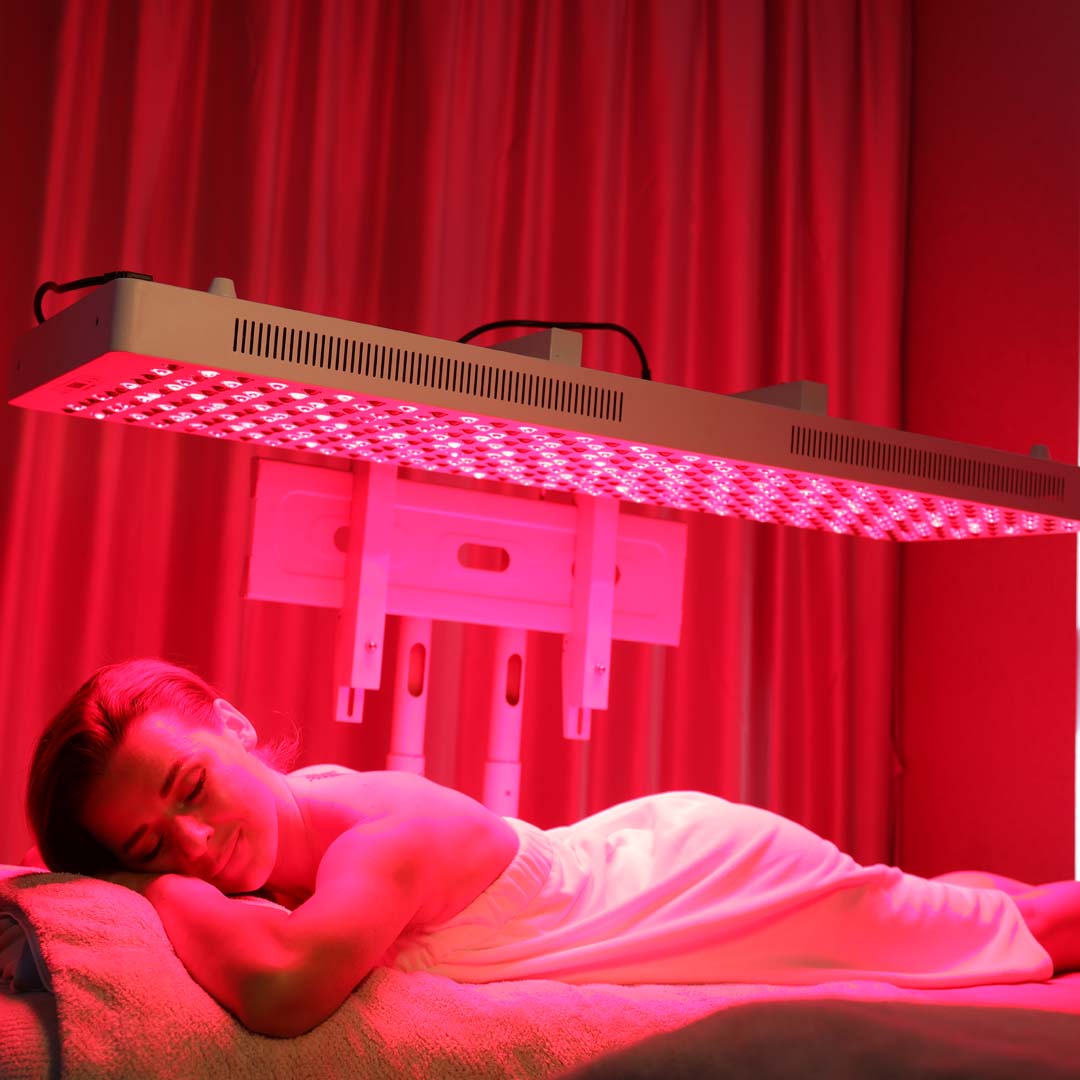
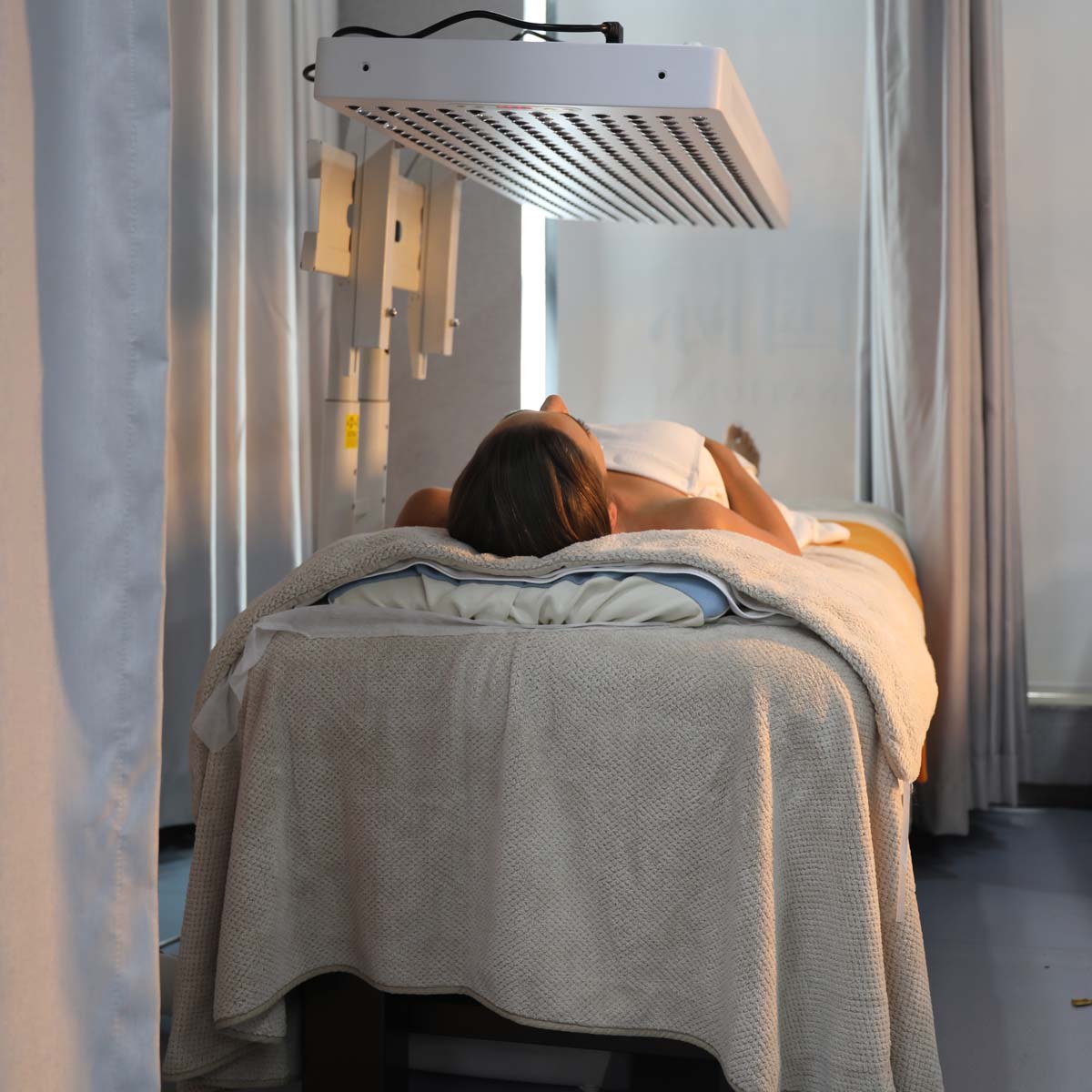
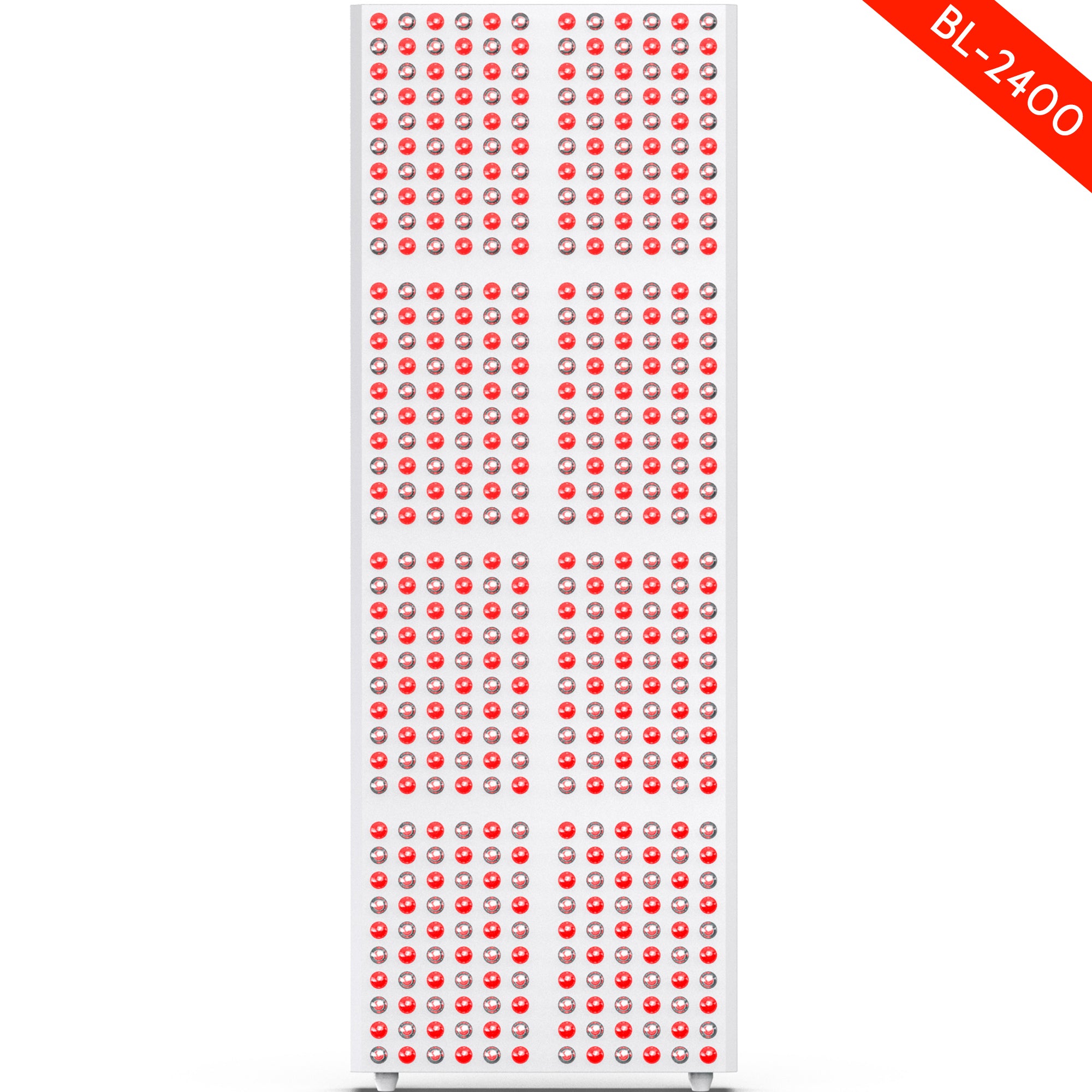
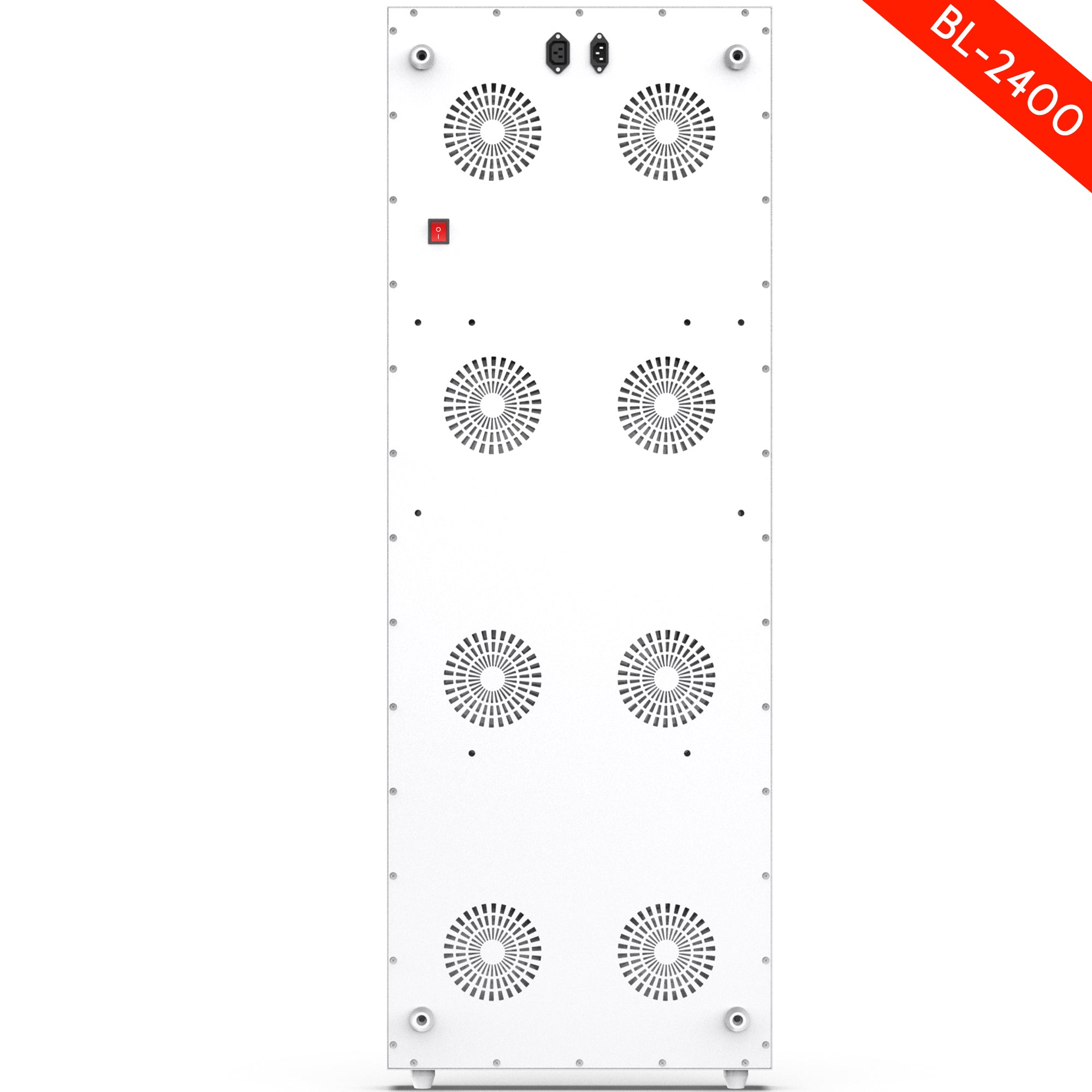
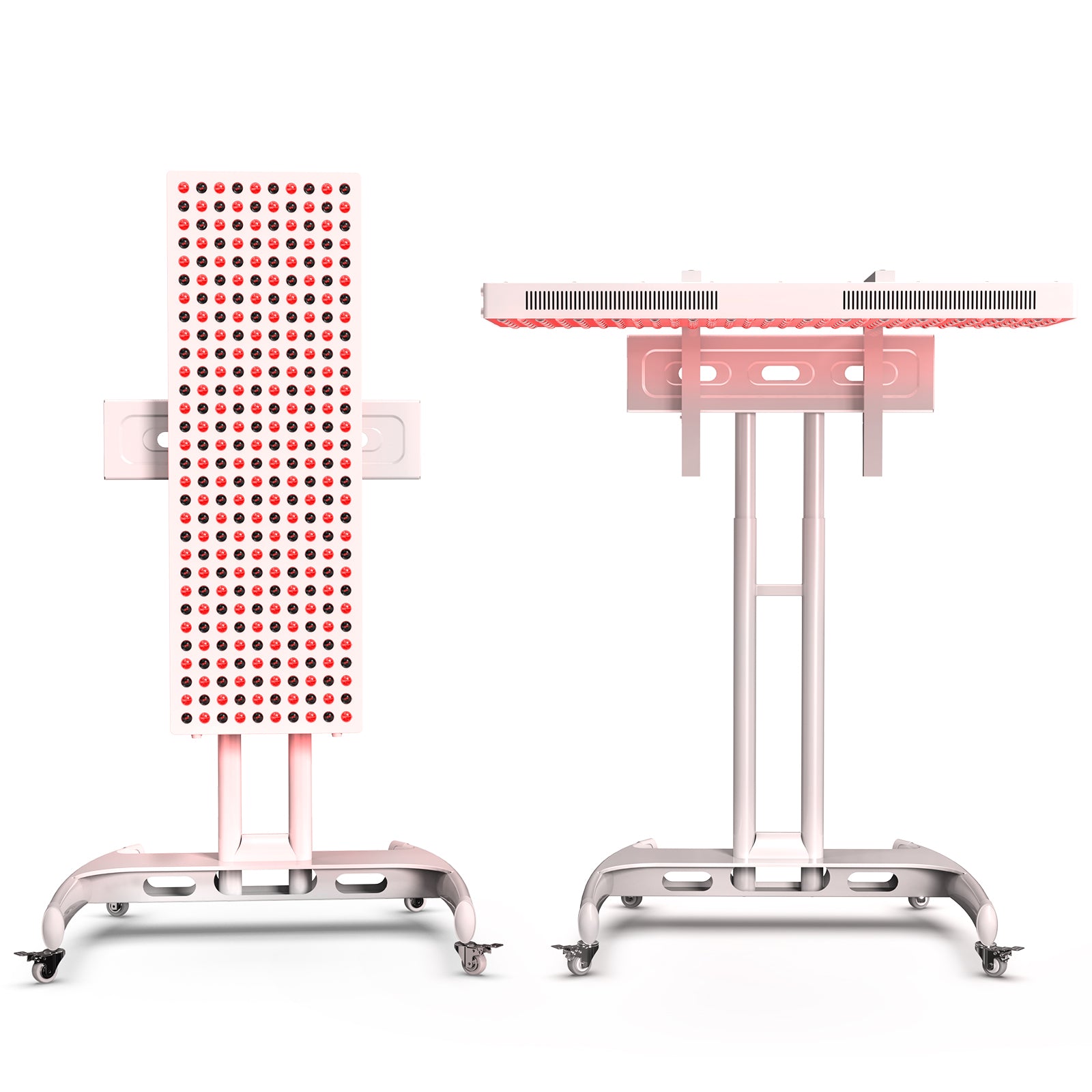
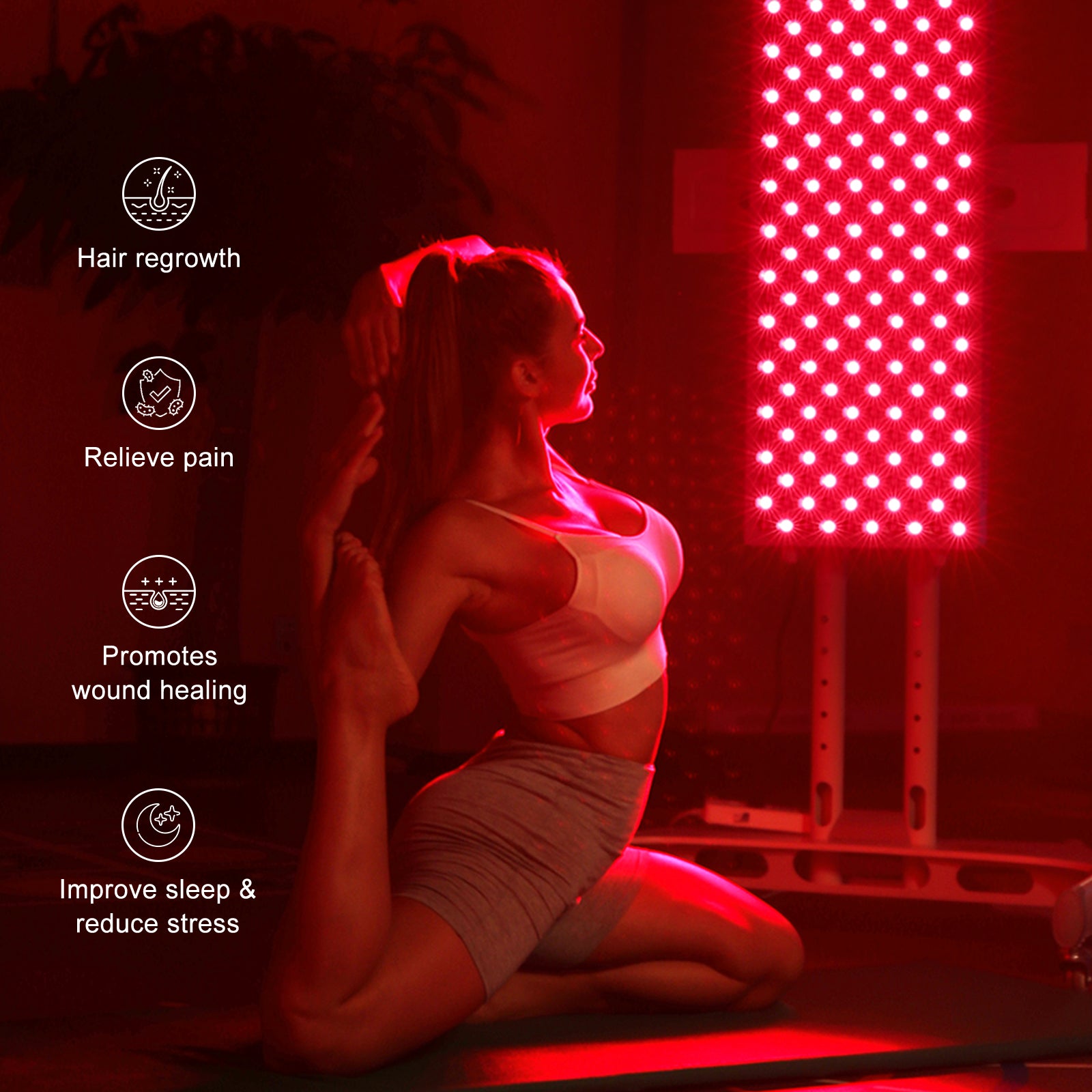
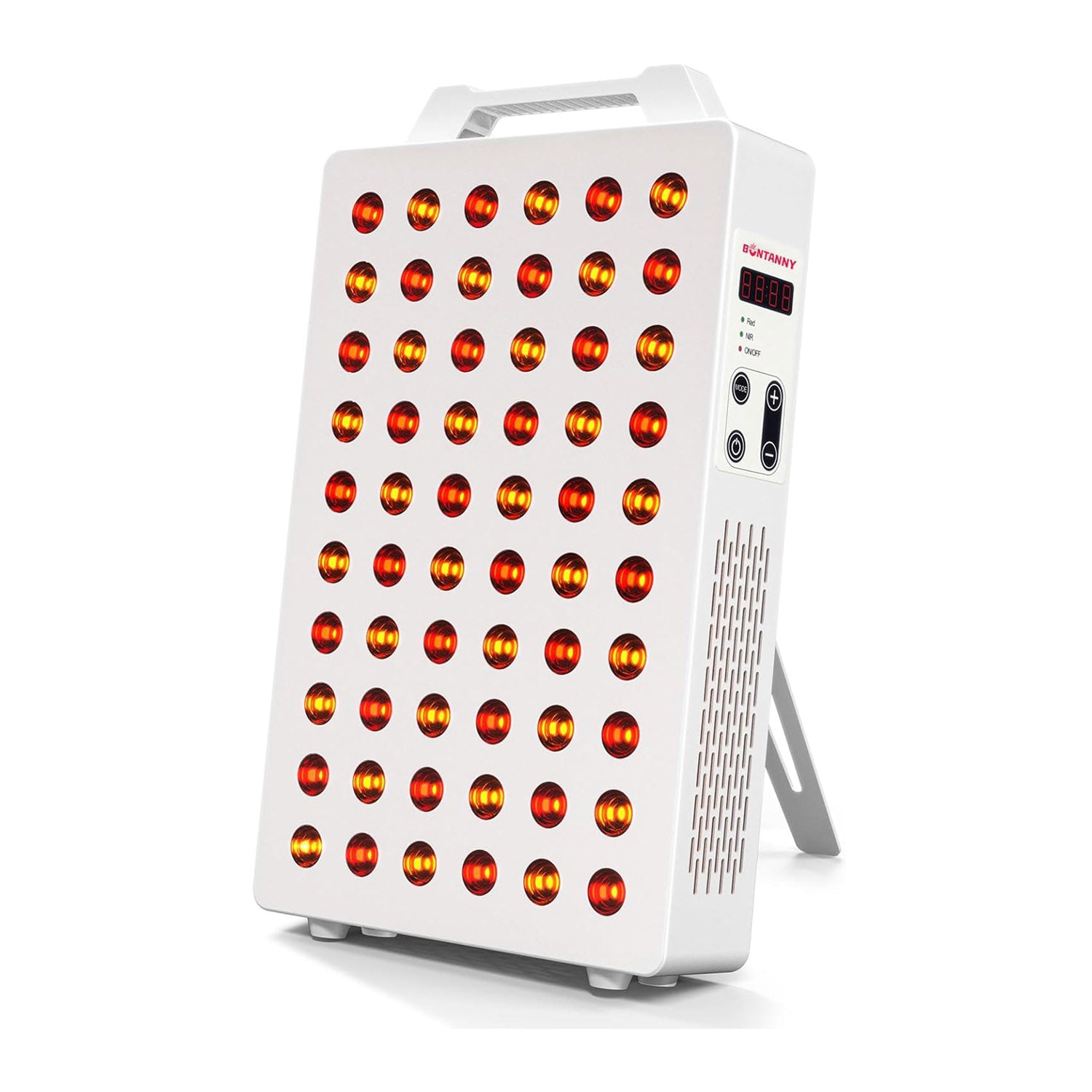
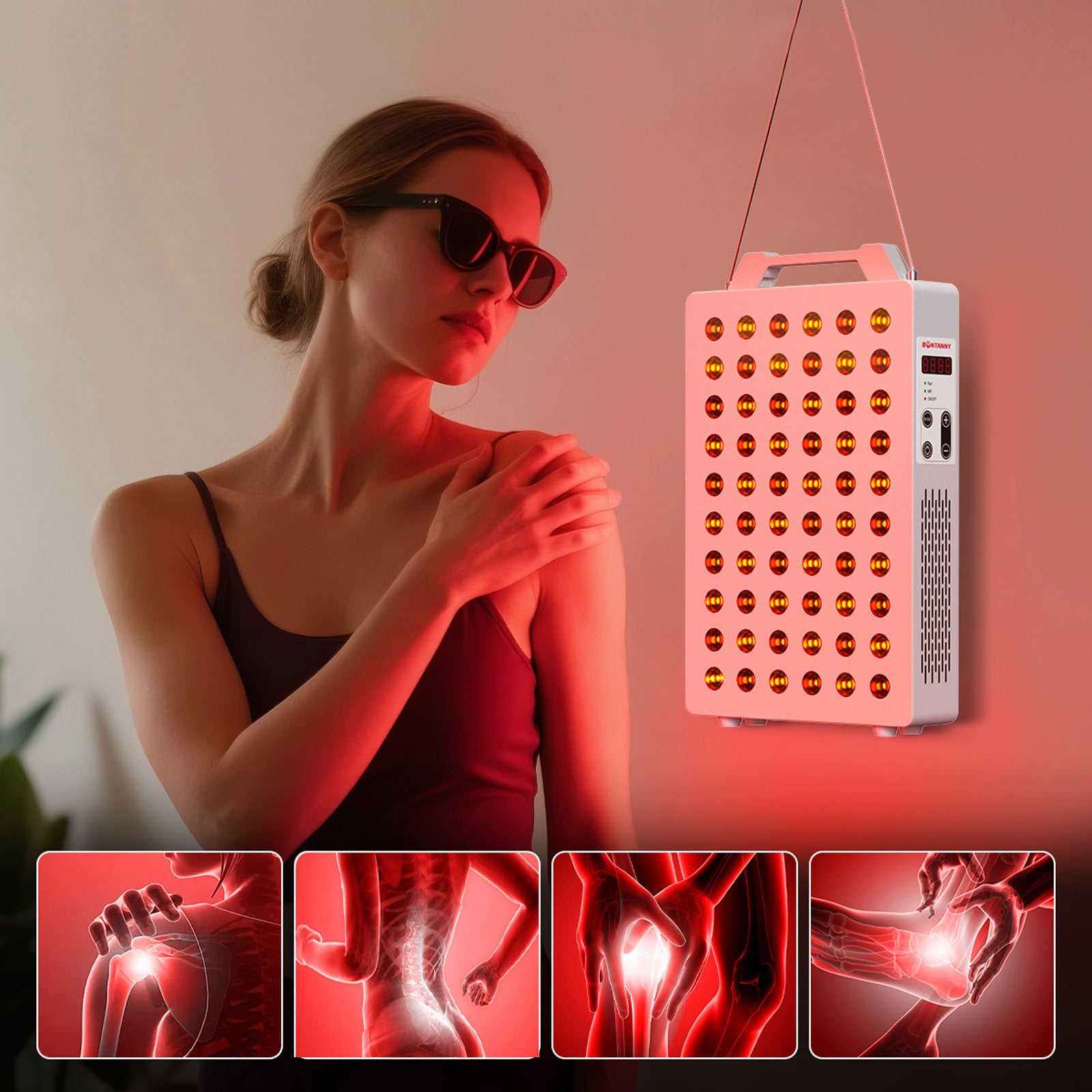
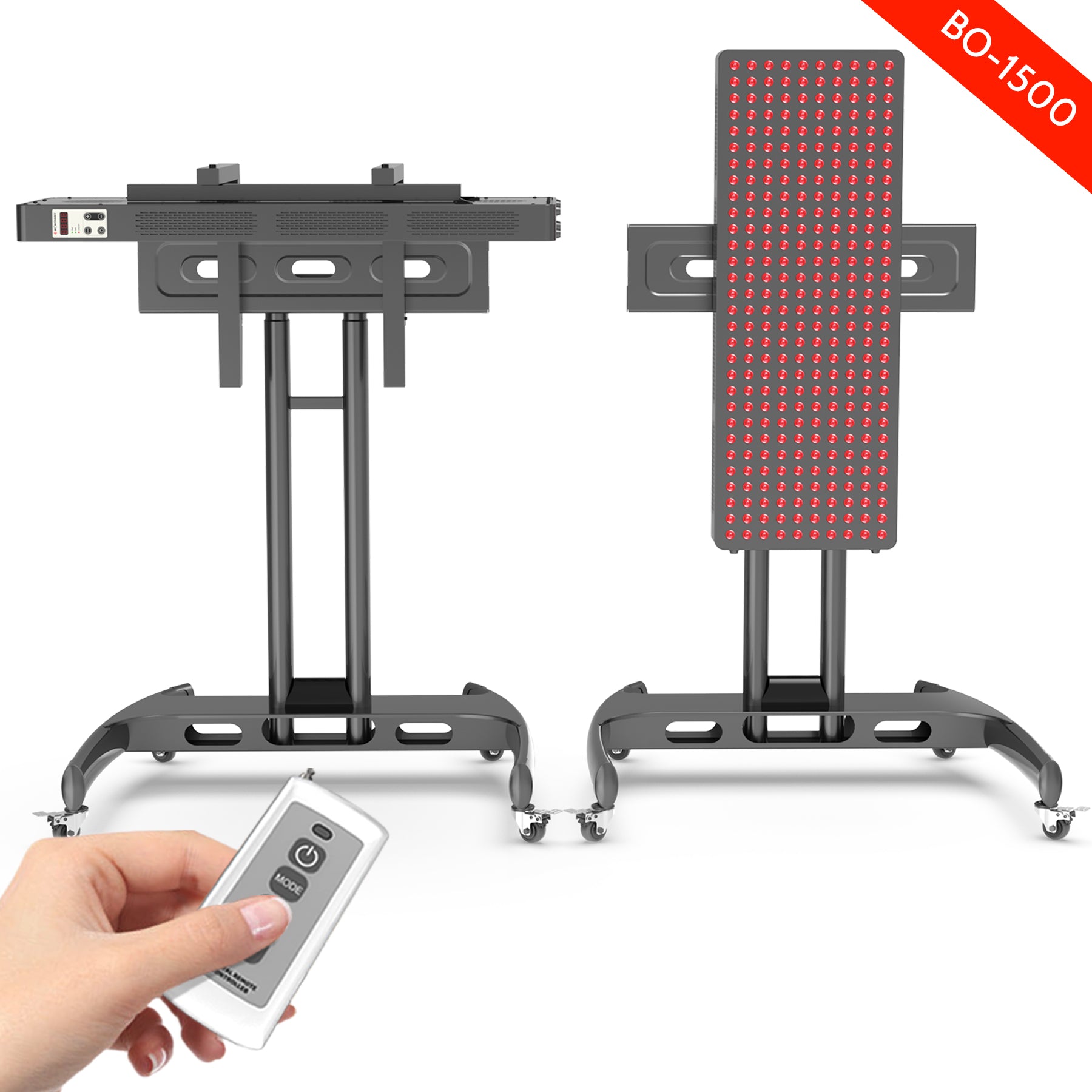

Leave a comment
This site is protected by hCaptcha and the hCaptcha Privacy Policy and Terms of Service apply.